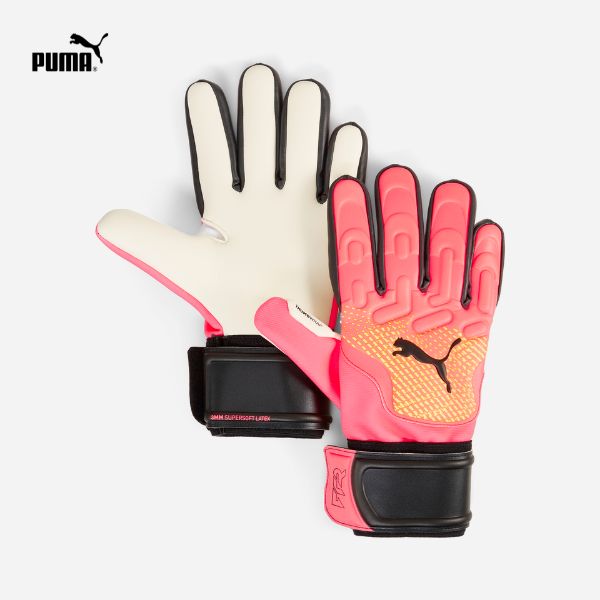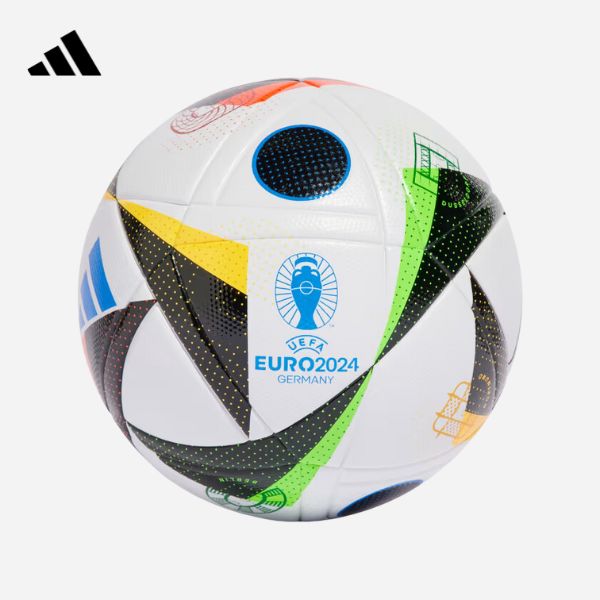If you’re feeling lost when faced with the multitude of cleat options offered by the different brands on the market, and if terms such as HG, FG, SG, Anti-Clog leave you confused, don’t worry, because Absolute Teamsport is here to help you with this exhaustive guide to making the best choice of cleats for your needs.
When looking for a new pair of boots, there are a number of criteria that are of crucial importance. Generally speaking, it’s the price that will help narrow down the range on offer.
Then there are the other essential features you’re looking for in a pair of football boots: comfort, lightness, dynamism, feel and so on. These aspects will guide your search, but one fundamental consideration remains: the sole and the type of studs. The type of pitch you play on will determine the importance of the latter.
WHICH CLEATS FOR WHICH PITCH?
For example, it is not advisable to play with screw studs on a stabilised pitch, or to opt for a Turf sole on a greasy pitch. So how do you choose the ideal sole?
This guide will help you understand the usefulness and specific use of each variant. You’ll soon be familiar with the names FG, AG, SG and SG Anti-Clog.
FG STUDS = NATURAL GROUND
The “Firm Ground” or FG sole is the most widespread and common on football pitches, and is often referred to as “moulded”. Designed to provide optimum grip on natural surfaces, this versatile sole can also be used on synthetic pitches and greasy surfaces, despite the risk of slipping.
This type of outsole can have conical or bladed studs, depending on the model and brand. Generally speaking, there are between 8 and 14 studs, allowing the sole to penetrate the ground slightly and distribute the pressure of the weight on each stud. The material of the FG sole is generally hard plastic, although hard rubber studs are becoming increasingly common. It is recommended that beginners and intermediate players opt for this type of sole, as it is suitable for a wide variety of pitches.
However, it is important to note that siped studs are generally associated with FG soles. This design is sometimes criticised by specialists, who believe that this type of outsole can present risks for players.
SG STUDS = SOFT GROUND
The “Soft Ground” or SG sole, also known as the “screwed” sole, is fitted with replaceable studs. The studs, usually 6 in number, are spaced further apart. The aim is to penetrate deep into the ground and exert strong pressure on each stud to prevent slipping. For this reason, crampons are generally made of plastic or metal. Different stud sizes are available depending on the texture of the ground. This sole is specially designed for very greasy ground.
It is important to note that this sole should not be used on hard ground, as it can generate excessive pressure, which can cause pain or even injury.
Nike’s SG Anti-Clog innovation
In addition to the traditional SG insole, Nike has developed a unique version called the SG Anti-Clog. The concept is simple: prevent mud from sticking to the soles of football boots. To this end, the American brand’s teams have studied the molecular structure of mud and developed a system which, when moistened before use, effectively prevents water from adhering to the outsole. It’s an innovative approach that’s proving particularly effective.
AG STUDS = ARTIFICIAL GROUND
Artificial grass” soles are unusual and little-known. With the emergence of synthetic pitches, specific models have emerged. Mainly made of rubber, this sole is fitted with around twenty conical studs (hollowed out for the Nike brand). This configuration distributes the weight over the studs to prevent slipping and premature wear on the pitch.
The sunken stud design is ideal for rubber or pellet pitches. Interestingly, these insoles have become commonplace in recent years, largely thanks to Neymar, who wears them regularly for greater comfort and less pressure.
HG STUDS = HARD GROUND
The ‘hard ground’ sole is less common than its predecessors, but no less useful. Made up of smaller studs than the FG sole, this version has more studs. The studs are evenly spaced across the sole, so pressure is evenly distributed. This design is ideal for hard, stabilised or clay pitches. It is recommended for players who train regularly on hard surfaces, which can help prevent certain injuries. Interestingly, this sole is also a good option for icy surfaces.
TURF STUDS = OPTIMUM GRIP ON HARD SURFACES
The sole known as “TURF” is frequently worn by some children on a daily basis, without always realising that they are actually wearing football boots. It is also recommended for 5-a-side football (or Futsal, Soccer, Urban).
Made from extremely hard-wearing rubber, this sole has a sporty look. However, the fine rubber treads and patterns are specially designed for grass or hard surfaces such as asphalt. As a result, this sole offers excellent grip. This model of shoe is highly recommended for young players in the football training phase, or as an extra pair for hard pitches.
INDOOR STUDS = INDOOR PERFORMANCE
The “INDOOR” sole has a well-established reputation in the world of futsal. Thanks to its almost flat rubber surface, it guarantees optimum grip on indoor or particularly dry pitches. This type of shoe is particularly suited to indoor sports activities, and can even be used as an everyday shoe.
Choosing the right studs for your football boots is a crucial decision that can have a significant impact on your performance on the pitch. By taking into account the type of pitch, your playing style and position, as well as other factors such as size and materials, you can make an informed decision. Don’t be afraid to try out different options to find the ones that suit you best and improve your football game. Remember that the right choice of studs will give you better grip, increased stability and greater confidence, so you can concentrate on what’s important: playing football with passion and excellence.


















































